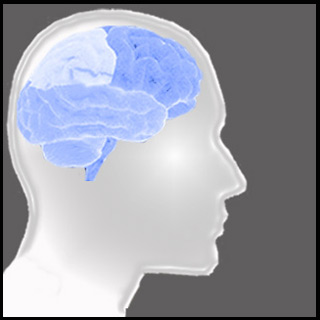
Although cell replacement therapies are noted to be effective; the main criterion involved is to carry the required amount of healthy cells. Earlier evaluations have notably revealed that, just implanting more cells may not inevitably mean an increase in the number of cells that will survive and differentiate into viable cells in Parkinson’s models. The main idea is believed to lie in the delivery of accurate quantities of healthy cells to a particular region. This process may involve the capability to be able to evaluate whether the delivered cells are viable, and also make the required calculations. The newly instrumented cell delivery catheter seemingly fulfills and meets all the criteria mentioned above.
Boyd Evans III of the lab’s Measurement Science and Systems Engineering Division, says, “Regardless of the source of cells and the location of delivery, there is a great need to improve cell viability after the cells are transplanted. The vast majority of transplanted cells do not survive more than 24 hours regardless of their source.â€
Evans also says, “Our approach consists of monitoring cells that are implanted using a catheter equipped with a fiber optic probe to perform fluorescence-based cytometric measurements on cells as they exit the port at the catheter tip.â€
It was noted that these measurements may be able to verify if the cells are alive and also provide information about the cell’s health.
“What we have done is taken the function of a laboratory instrument and put it on the tip of a catheter that can make measurements inside the brain,” explains Evans.
This proprietary instrumented catheter by ORNL is noted to be a part of greater efforts been made to set up a system that can accumulate healthy tissue from a person, and expand the tissue in-vitro and implant it under supervision.
